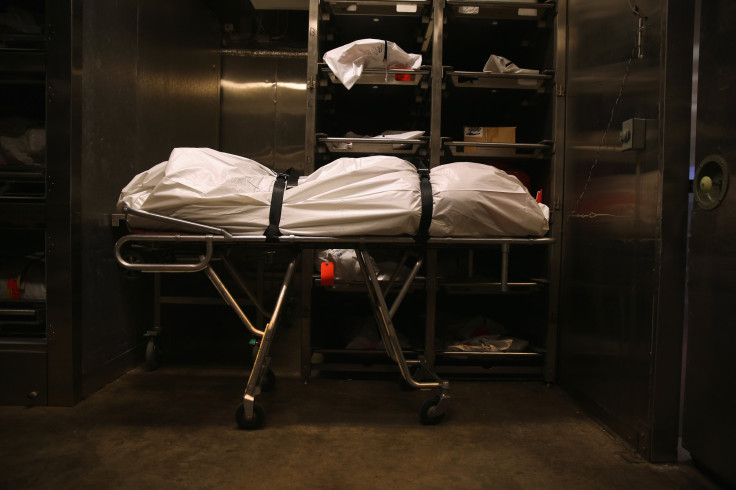Can We Cheat Death? US Firm Aims To Resurrect Brain-Dead People Using Stem Cells

A Philadelphia-based company, Bioquark, has revealed it is working on a new stem cell therapy that will attempt to revive brain-dead people. The first test is scheduled to begin this year in an undisclosed location in Latin America, the Daily Mail reported.
Ira Pastor, CEO of Bioquark revealed his company has developed a series of injections that are capable of rebooting the human brain. He also mentioned that the company aims to test these injections on humans this year, the report added.
Pastor further said his company does not plan to conduct these tests on animals.
Read: How Do You Know When Someone Is Dead? Experts Question Guidelines To Determine Death
At first, Pastor along with his co-worker Himanshu Bansal had planned to conduct this experiment in a remote part of India. For this, they had gathered 20 subjects. But, before they could start with their experiment, it was blocked by the Indian Council of Medical Research (ICMR) without stating a proper reason. The pair was asked to conduct their research elsewhere, after which they decided to go ahead with their research in Latin America, the report stated.
In the first phase of the experiment named ‘First In Human Neuro-Regeneration & Neuro-Reanimation,’ scientists will first collect stem cells from the subject’s blood or fat and then inject it back into their body.
The next step would be injecting a dose of peptides into the subject’s spinal cord. A peptide is a compound consisting of two or more amino acids linked in a chain. Molecules small enough to be synthesized from the constituent amino acids are, by convention, called peptides.
According to scientists, this would speed up the growth of new neurons in clinically brain-dead patients.
The subject would then be kept under observation for a period of 15 days during which they will be subjected to nerve stimulation involving laser technology and median nerve stimulation. Nerve stimulation is the process of stimulating nerves for therapeutic purposes using electric current produced by a device.
During this simulation process, the subject will constantly be monitored using MRI scans for any signs of life.
“The mission of the Project is to focus on clinical research in the state of brain death, or irreversible coma, in subjects who have recently met the Uniform Determination of Death Act criteria, but who are still on cardiopulmonary or trophic support — a classification in many countries around the world known as a "living cadaver,” Pastor had said last year.
However, Pastor's idea was not welcomed by all medical experts. “There is no way this technique could work on someone who is brain-dead. The technique relies on there being a functional brain stem — one of the structures that most motor neurons go through before connecting with the cortex proper,” Dr. Ed Cooper, who has studied and authored several studies on brain stimulation, told Stat News.
“If there's no functional brain stem, then it can't work,” he further said.
Meanwhile, several questions related to the research have surfaced, one of them being how do researchers complete paperwork for the experiment when the subject is clinically dead? Or should families of the subjects hope for an incredibly long-shot cure? Although the answers to these questions are far off, Pastor said: “While the complete recovery in such patients is indeed a long term vision of ours and a possibility that we foresee with continued work along this path, it is not the core focus or primary endpoint of this first protocol.”
© Copyright IBTimes 2024. All rights reserved.











